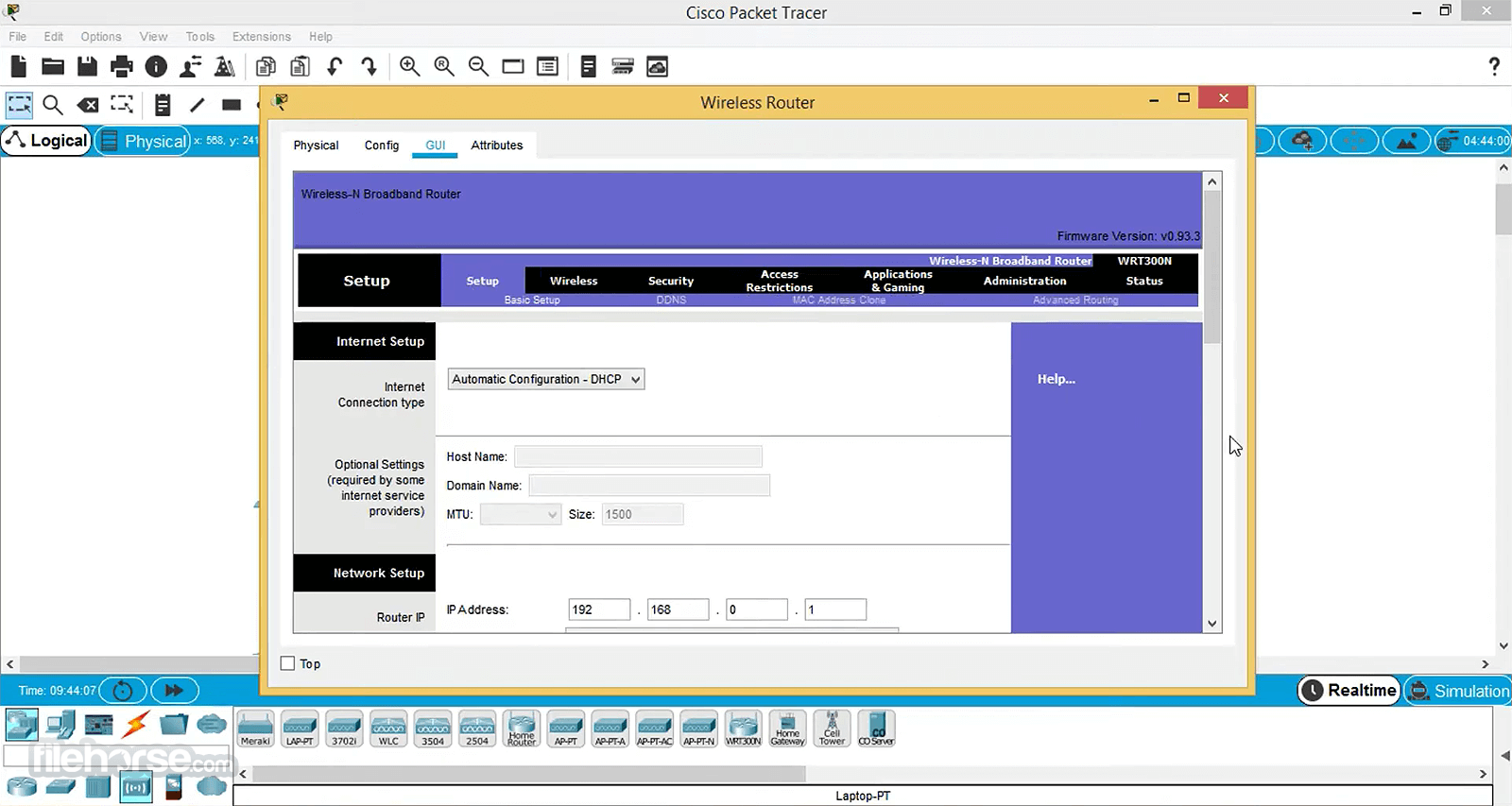The static routing is not feasible in a large network. Hence, to implement routing in an easier way we can use the dynamic routing protocols.
Aug 09, 2020 Just like Cisco Packet Tracer 7.1.1, the version 7.2.2 is a maintenance release and does not contain any major updates. The complete build no. Of this release is 7.2.2.0218. Only one major bug was fixed in this release. Download cisco packet tracer windows 10 64 bit for free. Internet & Network tools downloads - Cisco Packet Tracer by Cisco Systems and many more programs are available for instant and free download. Download Cisco Packet Tracer 7.3.1 Below we share the download links, press the green button that will take you to the page where the links are stored to download the free Cisco Packet Tracer 7.3.0 program in its 32 and 64 Bit versions as well as for Linux.
Routing information protocol (RIP) is one of the dynamic protocols that can be used for the routing. The best part is that Rip protocol is very easy to configure. We will configure Rip version 2 in this lab.
To configure the Rip protocol, we have to advertise the directly connected networks by using the command ‘network network id’ after enabling the RIP protocol on all the routers.
Once the Rip protocol is configured properly you will be able to see the routes in routing table, learned with the help of Rip protocol by the routers.
Below is an example of route learned after configuring the RIP protocol:
R 192.168.2.0/24 [120/1] via 192.168.1.2, 00:00:28, FastEthernet0/0
You can verify and check routes in the routing table by using the command ‘show ip route’.
We will also disable auto summarization by the Rip protocol.
Lab Tasks
Configure Rip ver 2 protocol on all routers and disable auto summarization
Lab Configuration
Task 1
Router 0
Router(config)#router rip
Router(config-router)#version 2
Router(config-router)#network 192.168.1.0
Router(config-router)#no auto-summary
Router 1
Router(config)#router rip
Router(config-router)#version 2
Router(config-router)#network 192.168.1.0
Router(config-router)#network 192.168.2.0
Router(config-router)#no auto-summary
Router 2
Router(config)#router rip
Router(config-router)#version 2
Router(config-router)#network 192.168.2.0
Router(config-router)#no auto-summary
The static routing is not feasible in a large network. Hence, to implement routing in an easier way we can use the dynamic routing protocols.
Routing information protocol (RIP) is one of the dynamic protocols that can be used for the routing. The best part is that Rip protocol is very easy to configure. We will configure Rip version 2 in this lab.
To configure the Rip protocol, we have to advertise the directly connected networks by using the command ‘network network id’ after enabling the RIP protocol on all the routers.
Once the Rip protocol is configured properly you will be able to see the routes in routing table, learned with the help of Rip protocol by the routers.
Below is an example of route learned after configuring the RIP protocol:
Cisco Packet Tracer 7.3.1
R 192.168.2.0/24 [120/1] via 192.168.1.2, 00:00:28, FastEthernet0/0
You can verify and check routes in the routing table by using the command ‘show ip route’.
We will also disable auto summarization by the Rip protocol.

Lab Tasks
Configure Rip ver 2 protocol on all routers and disable auto summarization
Lab Configuration
Task 1
Router 0
Cisco Packet Tracer Version 7.3
Router(config)#router rip
Router(config-router)#version 2
Router(config-router)#network 192.168.1.0
Router(config-router)#no auto-summary
Router 1
Router(config)#router rip
Cisco Packet Tracer Version 6 Download
Router(config-router)#version 2
Router(config-router)#network 192.168.1.0
Router(config-router)#network 192.168.2.0
Router(config-router)#no auto-summary
Router 2

Router(config)#router rip
Router(config-router)#version 2
Router(config-router)#network 192.168.2.0
Router(config-router)#no auto-summary